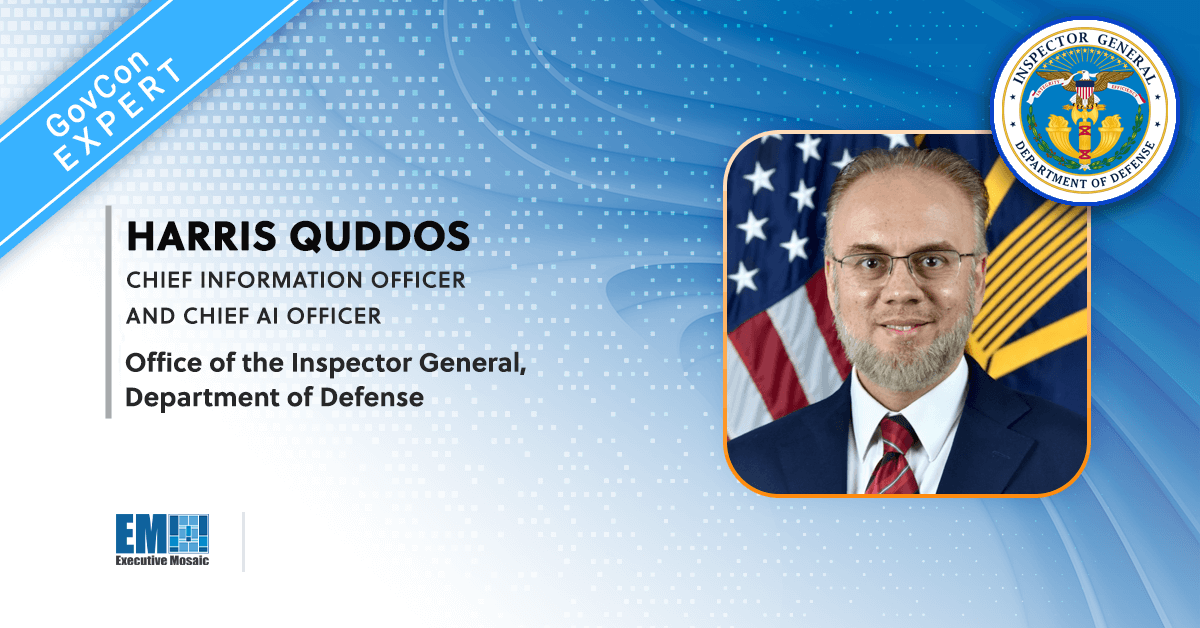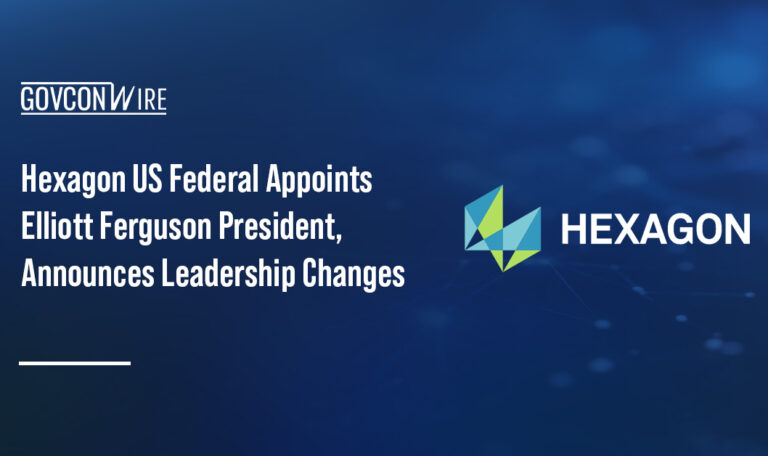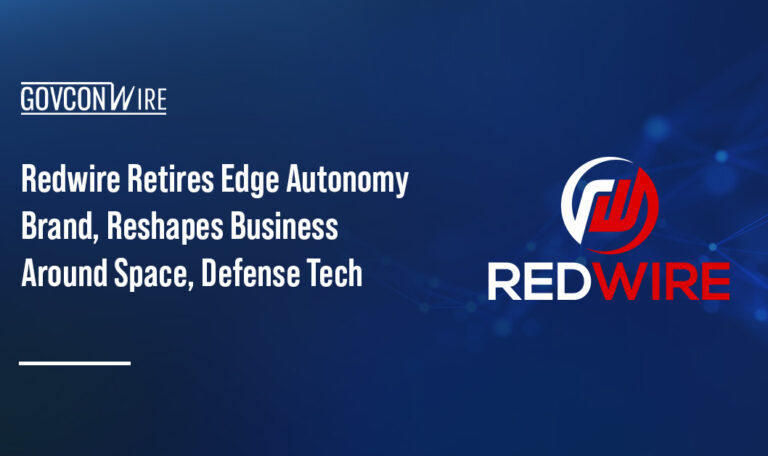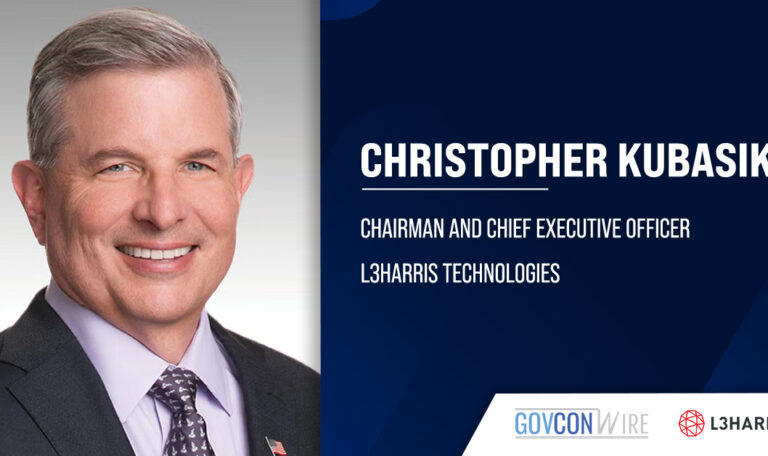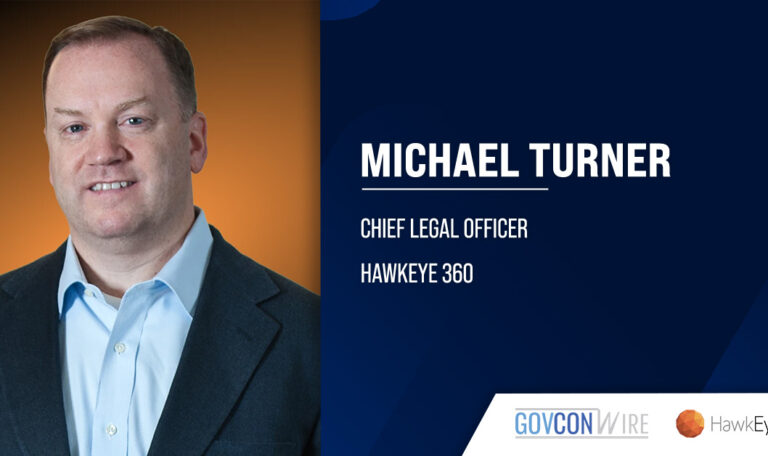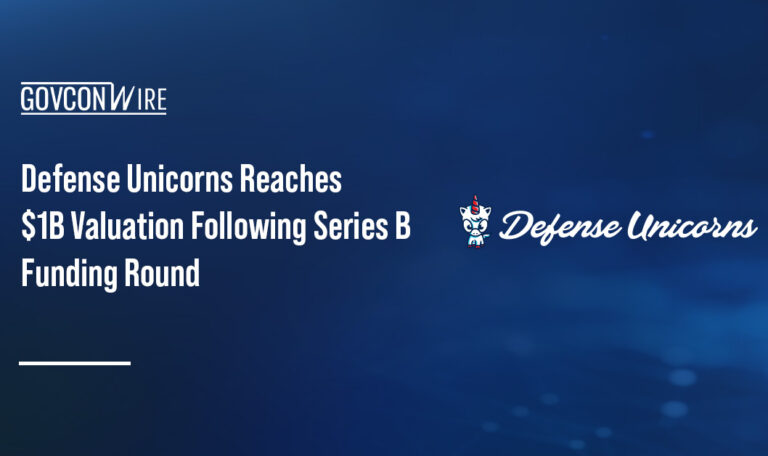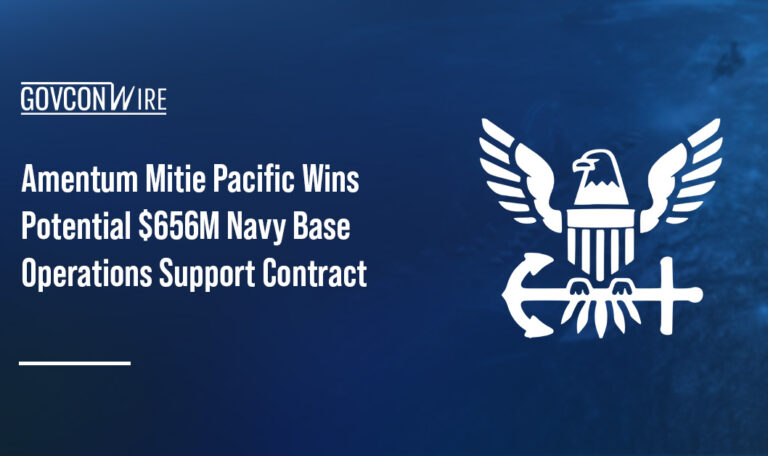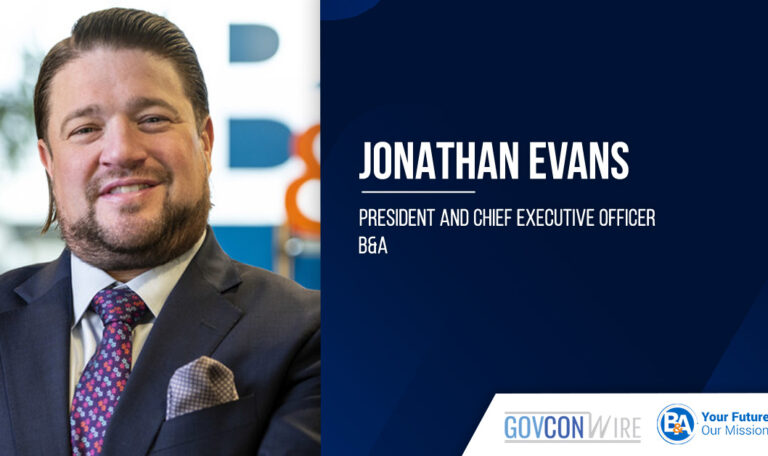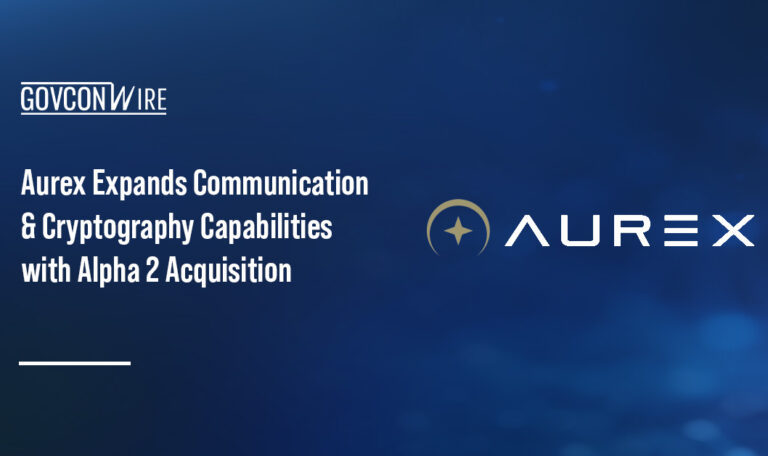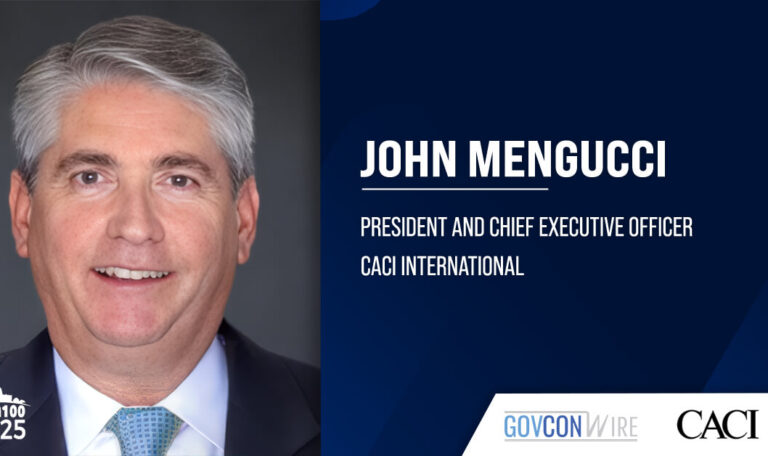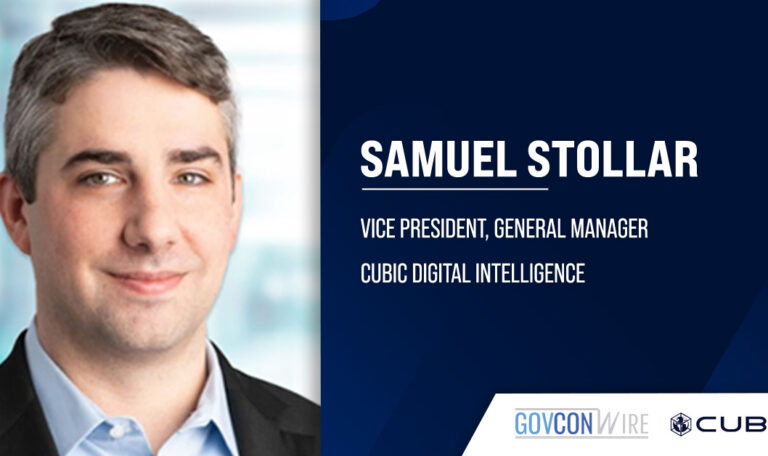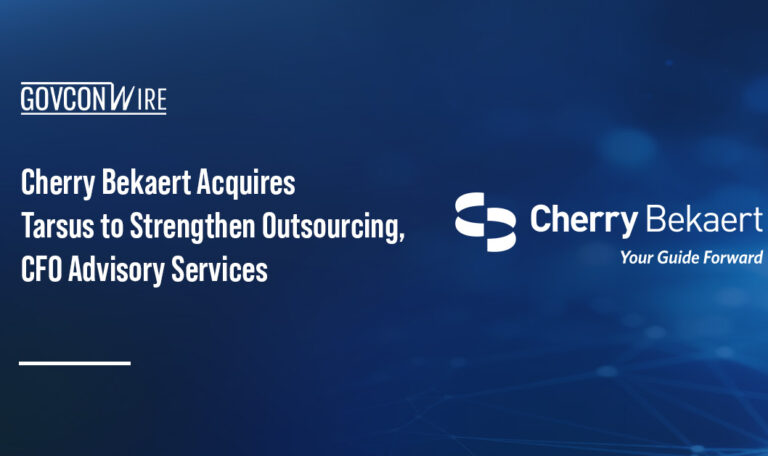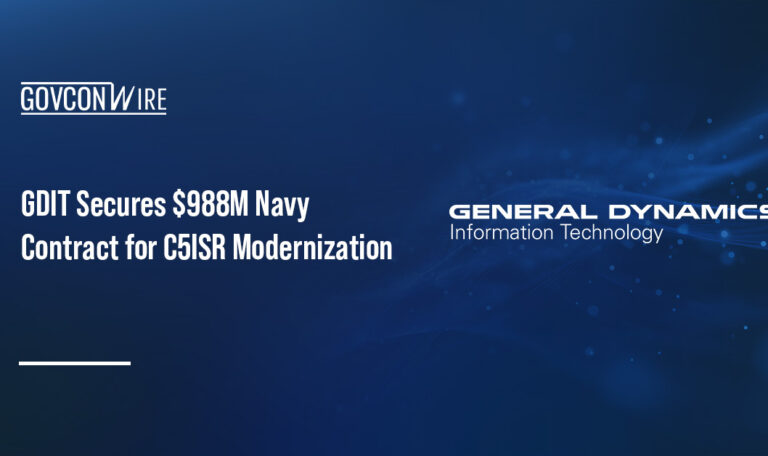By Harris Quddos, Department of Defense Office of the Inspector General chief information officer and chief AI officer
AI is rapidly changing the game for everyone, including public sector organizations. It’s changing the way we work and make decisions. For organizations to effectively realize value from AI, they will need to make sure their data is ready and fit for use.
Here are five simple steps leaders can take right now to make sure their data is set up for AI success.
For more insights on how government and industry can harness AI to accomplish their mission, attend the Potomac Officers Club’s 2024 Intel Summit on Sept. 19. The event will feature a fascinating panel discussion about leveraging AI and open-source intelligence.
1. Align data with AI use case requirements
Every AI project is unique and requires specific types of data. For instance, data for predicting equipment failures is different from the data needed to train a customer service chatbot. It’s important to understand exactly what data your project requires. Make sure you gather enough data to cover all your bases. Sometimes, you might need to create additional data (over several years), such as synthetic data, to fill in gaps. Also, enhance your data with proper labels and annotations to make it more useful and relevant. Remember, quality and trustworthiness are key. Use diverse sources to avoid bias and verify where your data comes from (i.e. data lineage).
2. Check your data to make sure it meets AI standards
It’s crucial to have a framework in place for continuously checking your data to ensure it meets your AI project’s requirements. Regular validation ensures your data stays relevant and accurate. Your data should also meet performance standards, like quick response times and high availability. These non-functional requirements are vital for AI models in production. Also, keep track of different versions of your data and regularly test it to catch any issues early. Monitoring the health of your data with metrics helps ensure that everything runs smoothly, just like keeping an eye on your car’s dashboard.
3. Maintain effective governance of your AI data
Establishing robust data stewardship practices is essential to manage your data effectively. This involves setting comprehensive rules and policies to ensure proper data usage, managing data throughout its life cycle and adhering to regulations like the General Data Protection Regulation, a.k.a. GDPR, to maintain legal and ethical standards. Control how AI models use and derive data to prevent biases and ensure transparency. Actively manage data to ensure fairness, including diverse datasets to avoid biased outcomes (i.e. ensuring your AI model treats all demographic groups fairly and accurately). Promote data and metadata sharing to encourage reuse and learning across different AI projects. This approach will accelerate the development of AI-ready data practices.
4. Practice good data management
Effective data management is crucial for the success of your AI projects, as it ensures that your data is reliable, secure and accessible. Begin by integrating data from various sources to create a unified dataset that can be used across different AI projects, making sure data from different systems can interact seamlessly.
Next, ensure the security of your data to protect its integrity and confidentiality. Build a scalable data architecture that can handle large volumes of data and adapt to changing AI needs, ensuring your foundation remains strong as your data grows.
5. Build a culture of data literacy and innovation
Creating a culture of data literacy and innovation is essential for leveraging AI effectively within your organization. Start by training your team to improve their data literacy, ensuring they can better manage AI-ready data. Encourage innovation by fostering an environment where experimenting with data and AI is welcomed, leading to discoveries and process improvements. Promote collaboration between data scientists, IT professionals and domain experts to ensure diverse perspectives in AI development and data management.
By following these five steps, public sector leaders can effectively prepare their data for AI, ensuring they leverage the full potential of AI technologies for more efficient operations and better decision-making in the future.


